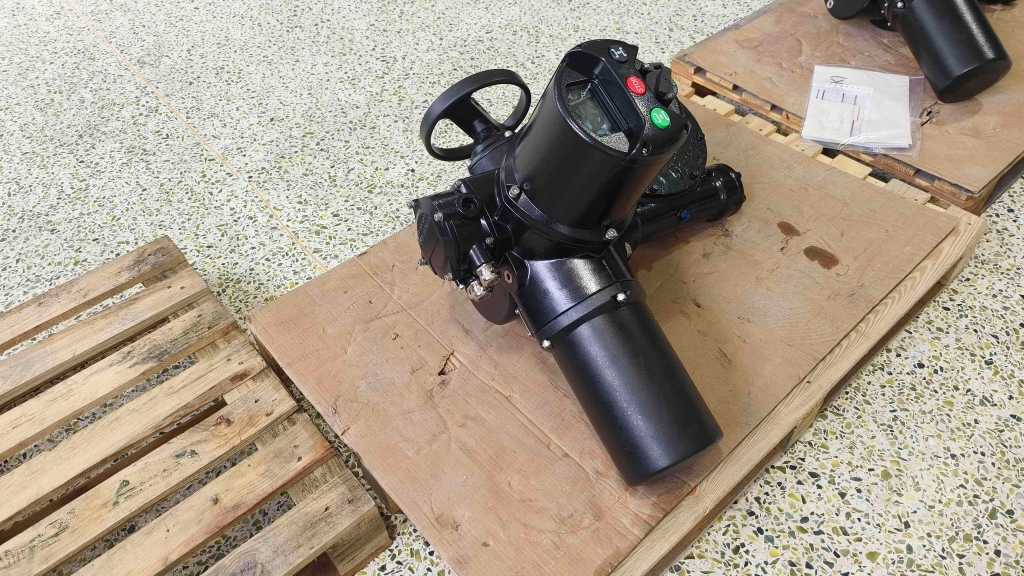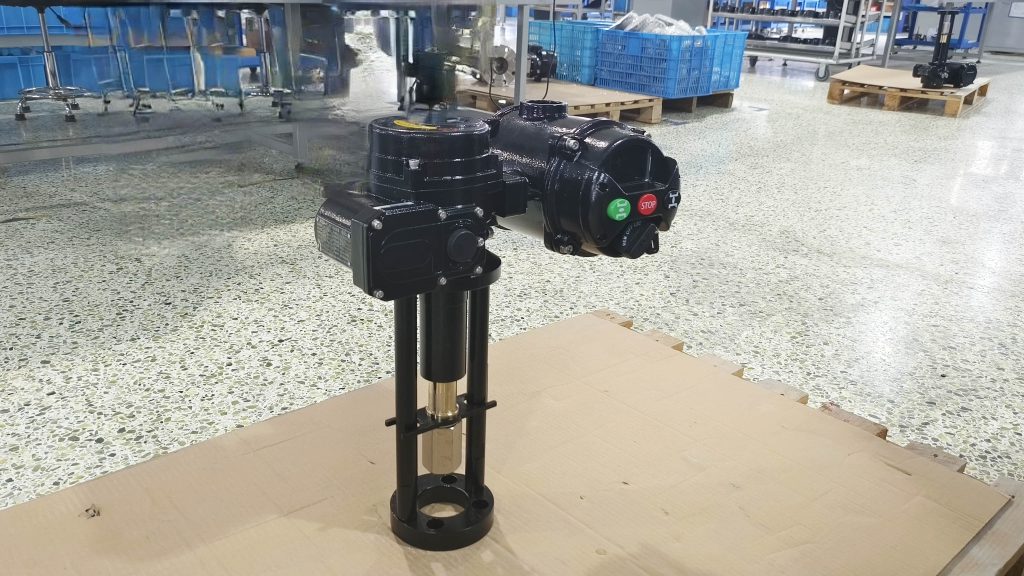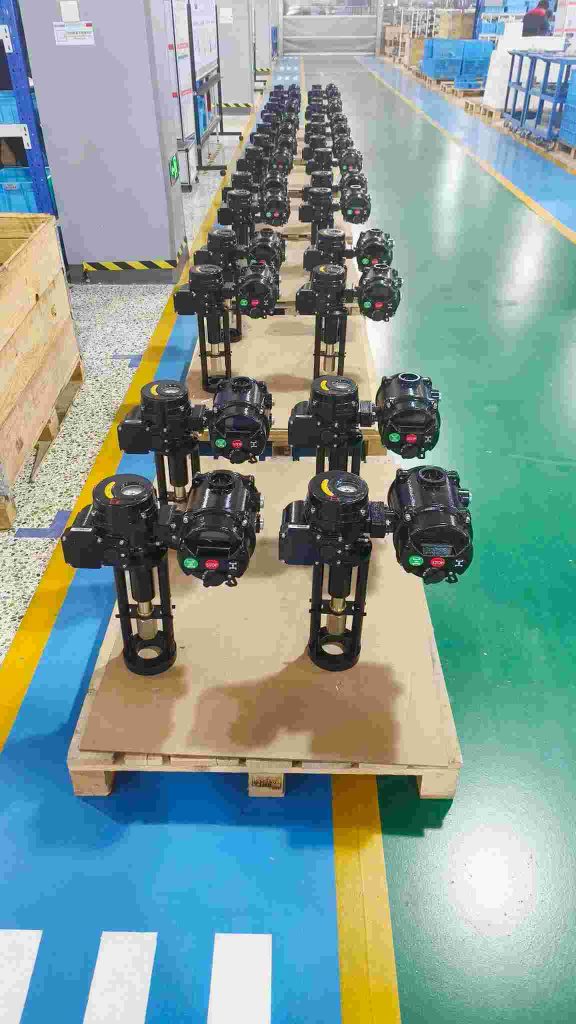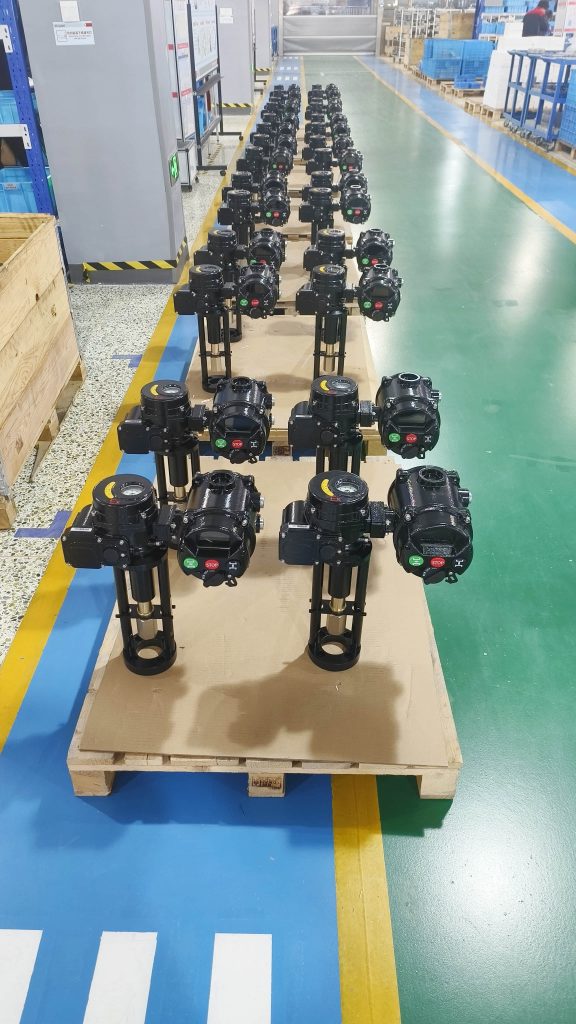In the realm of modern automation, the emergence of Intelligent Integrated Actuators (IIAs) is revolutionizing how we approach control systems across various industries. These advanced devices combine the functionality of traditional actuators with intelligent features such as sensors, processing capabilities, and communication interfaces. As industries increasingly seek efficiency and precision, IIAs stand out as a pivotal solution.

At their core, IIAs are designed to perform tasks traditionally handled by separate components—actuators, sensors, and controllers. By integrating these functionalities, IIAs reduce the complexity of mechanical systems, leading to more compact designs and easier installation. This integration not only saves space but also minimizes wiring and connection points, reducing potential failure points and improving overall reliability.

One of the ultimate benefits of IIAs is their ability to provide real-time feedback. Equipped with sensors, these actuators can monitor parameters such as position, force, and temperature. This data allows for dynamic adjustments in operation, ensuring that systems respond swiftly to changes in conditions. For instance, in robotic applications, an intelligent actuator can adjust its movements based on the feedback received, enhancing performance and accuracy.

Moreover, IIAs leverage advanced algorithms and machine learning techniques to optimize their operation. These intelligent features enable predictive maintenance, where the actuator can diagnose potential issues before they lead to failures. By analyzing operational data, IIAs can predict when maintenance is required, thus minimizing downtime and reducing operational costs.

In the industrial sector, the application of IIAs is vast. From manufacturing and assembly lines to process control in chemical plants, these devices enhance automation efficiency. They facilitate precise control of machinery, improving product quality and consistency. Furthermore, in the context of Industry 4.0, IIAs can seamlessly integrate into smart factories, communicating with other devices and systems to create a more interconnected production environment.

The integration of IIAs also paves the way for innovative applications in the automotive industry. Electric vehicles (EVs), for example, benefit from the precise control offered by intelligent actuators. They can optimize the performance of critical systems such as steering, braking, and suspension, contributing to improved safety and driving experience. As the automotive industry continues to evolve towards automation and electrification, IIAs will play a crucial role. Additionally, the aerospace sector is experiencing significant advancements through the use of IIAs. Aircraft systems require precise control mechanisms to ensure safety and efficiency. By utilizing intelligent actuators, aerospace engineers can develop systems that adapt in real-time to varying conditions, enhancing overall performance while reducing weight and complexity.

Leave a Reply